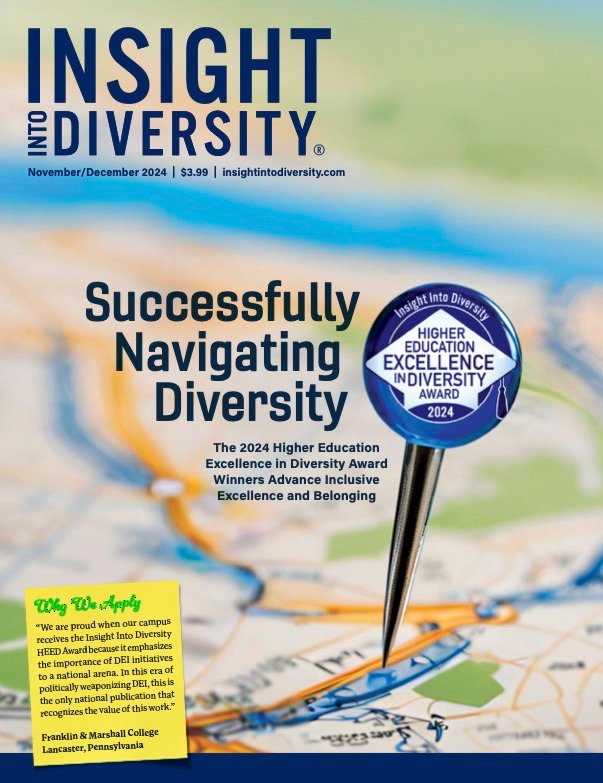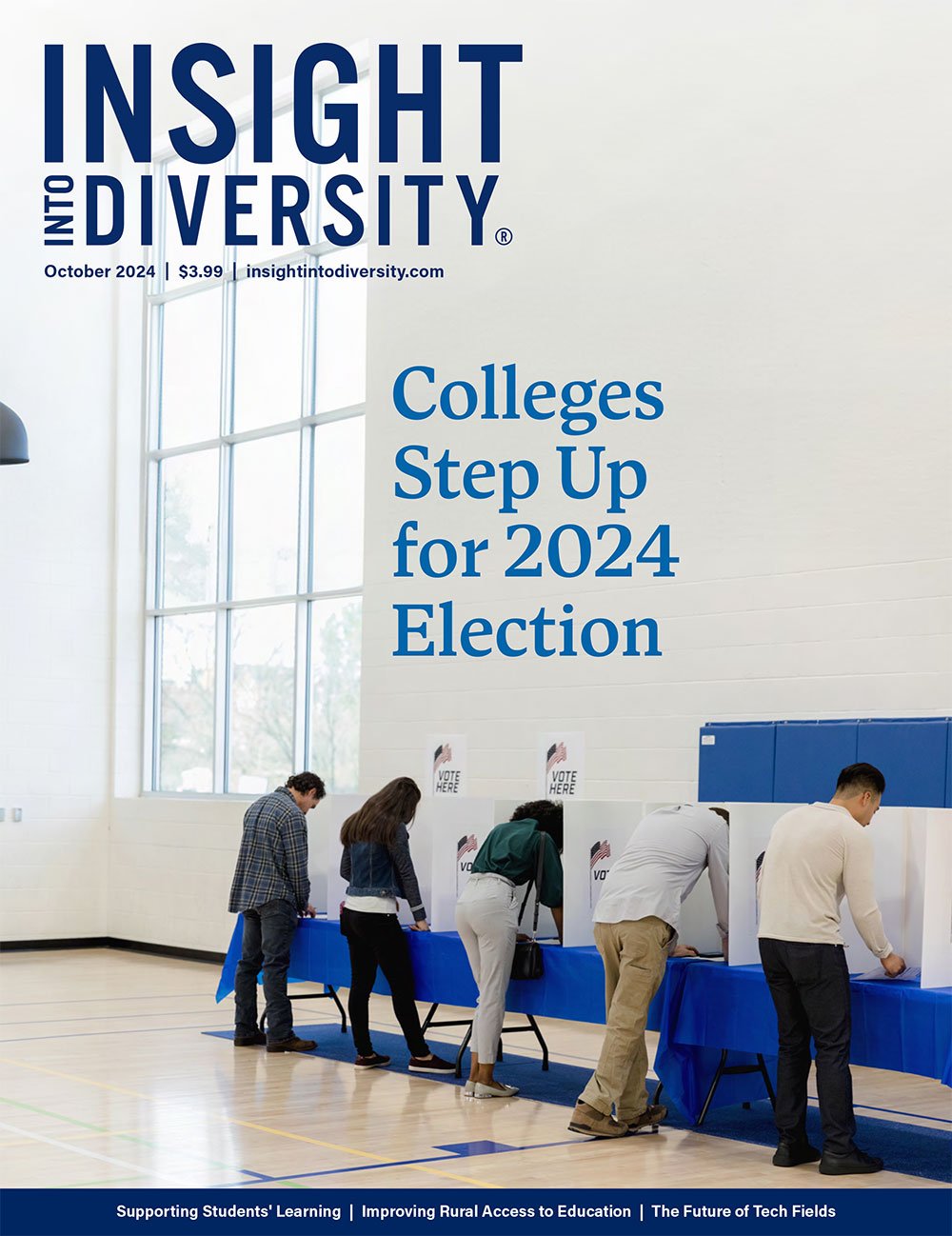When DEI is made a priority in the implementation of college and university recruitment and retention practices, students from underrepresented groups are more likely to matriculate, graduate, and succeed in their careers.
As a best practice, HEED institutions implement innovative and impactful efforts aimed at enrolling and maintaining a diverse campus community because of the many associated and well-documented benefits, which include personal growth, academic success, and professional development for all students, faculty, and staff.
Students of color and those from low-income backgrounds who engage across social groups report a stronger sense of belonging and better academic performance, according to the 2022 study “Is Diversity Enough? Cross-Race and Cross-Class Interactions in College Occur Less Often Than Expected, but Benefit Members of Lower Status Groups When They Occur,” published in the Journal of Personality and Social Psychology. Numerous other studies confirm that a diverse campus population is essential to promoting a culturally sensitive society and preparing students for employment in the workforce.
As part of their efforts to recruit underrepresented students, schools often host informational events, camps, or community outreach programs, as well as collaborate with local K-12 school districts. DEI-focused goals are also achieved by removing barriers and offering resources that support historically underrepresented students, such as no longer requiring ACT/SAT exams and offering scholarships and financial support.
To remove financial barriers, the University of Dayton offers the Flyer Promise Scholars Program to Pell Grant-eligible students with a total family income of $75,000 or less. Those accepted receive scholarships and financial aid, which covers tuition and reduces housing and meal costs. To date, the program has graduated over 230 students. Ninety-two percent of scholars graduate in four years.
A program that addresses the needs of prospective first-generation students is offered by Arizona State University. The Hispanic Mother-Daughter Program (HMDP) recruits students from partner school districts. They receive mentoring while their parents receive information and resources in support of their college students. Participants attend workshops and events beginning in eighth grade and then throughout their high school years. Although HMDP was originally designed to serve Hispanic mothers and their daughters, it has adapted to no longer consider gender or ethnicity as a consideration for program selection. Participants must meet other requirements, however, such as being a future first-generation college student.
Just as recruiting practices are broad and all-encompassing, so is programming focused on student retention and advancement. Advisers are one key strategy in helping college students stay informed, enrolled in classes, and on track to graduate. Other staff members build awareness around campus resources and academic support services and implement intervention processes if a student is identified as being at risk of failing a class or dropping out.
At the University of Oregon (UO), the Home Flight Scholars Program was developed with the UO Native American Advisory Council to serve American Indian/Alaska Native (AIAN) residents. Through federal, state, and institutional grants, the program covers full tuition and fees for AIAN students. In addition to recruitment, retention is also prioritized through academic advising, mentorship, and professional development opportunities.
Another critical factor for student retention is providing an inclusive and equitable campus environment. Striving for these values, institutions may offer a range of identity-based campus organizations, prioritize hiring of diverse faculty and staff, and implement policies to address any discriminatory incidents.
At Miami University, the DEI Student Advisory Council works alongside the Academic Diversity Officers Leadership Council and the Divisional Diversity Officers Leadership Council to engage in intentional DEI work. This allows staff, faculty, and students to collaborate, coordinate, and streamline related projects.●
This article was published in our November/December 2023 issue.




















